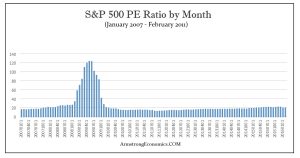Posted Aug 30, 2019 by Martin Armstrong
QUESTION: Hi Martin.. thanks so much for all your world/economic content and perspective. I was reading a comment you made recently concerning real estate mortgages. In the comments, you suggested carrying a low fixed-rate mortgage rather than paying off the property.
My question is what happens when a financial institution goes bust. You’ve taken out a mortgage on your house and deposited the excess money from the mortgage in your bank account. Doesn’t this expose you to bankruptcy risk? If the bank collapses you could potentially lose what’s not covered by FDIC insurance. In one case the house is paid off and the money is out of the banking system. In the second case, the money is held in the banking system and is at risk. Or am I missing something?
Cheers,
Bob
Cheers,
Bob
ANSWER: If you have cash at a bank, then you have the risk of the bank failing. However, if you are the borrower and the bank holds the mortgage, then as long as you are current on your payments it cannot foreclose. It will typically sell its assets to raise cash so your mortgage could be resold to another bank or an investment pool.
The problem you will have in a crisis is that real estate is illiquid. When I was growing up, a friend of my father owned virtually the entire main street in town. I recall talking to him and he said that he bought the entire main street in town back in 1937 because he had cash and bought it for 10% of its 1929 value.
If you borrowed and have the cash on the side, you will be in a far better position to sell liquid assets and buy the house at a discount if the bank is in trouble.
Categories: Real Estate






